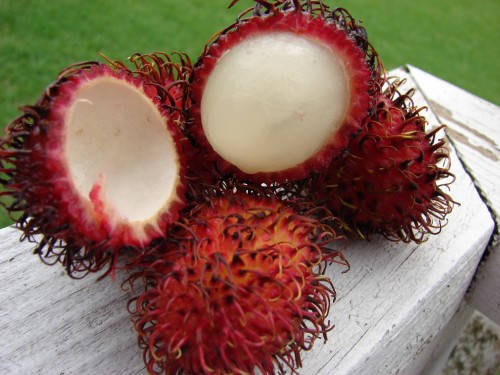Even the youngest are taught how important a balanced diet is for a healthy life. A study from Finland now suggests that an unhealthy lifestyle can have a negative impact on the thinking ability of primary school children.
The study

Finnish scientists examined the diets of a total of 428 primary school children aged six to eight years. For this purpose, the researchers evaluated the 4-day eating logs of the students. The nutritional quality was assessed using two different point systems for diet types.
These included DASH (Dietary Approaches to Stop Hypertension), an American diet that aims to stop high blood pressure, and BSDS (Baltic Sea Diet Score), which corresponds to the typical diet of the Baltic States. In addition to the nutrition log, the elementary school students were also tested on their cognitive abilities such as similarities, differences, and pattern findings. Pure knowledge and language skills were not taken into account.
The result
The analysis of the Finnish study showed that the nutritional quality of primary school children is directly related to the results of their cognitive tests. These results are independent of the age, gender, education, and income of the parents. According to the scientists, too little consumption of berries, fruit, vegetables, and whole-grain products as well as too much consumption of red meat and sausages have a particularly negative effect on mental performance.
An unhealthy diet actually reduces mental performance. The results of the study indicate that it is not individual foods or nutrients that are decisive, but the general dietary pattern. Further studies to substantiate these results are planned.
The recommendation

For children and adults, a balanced diet is essential for healthy development and healthy life. This is the only way to ensure that the body gets all the nutrients it needs to function properly.

